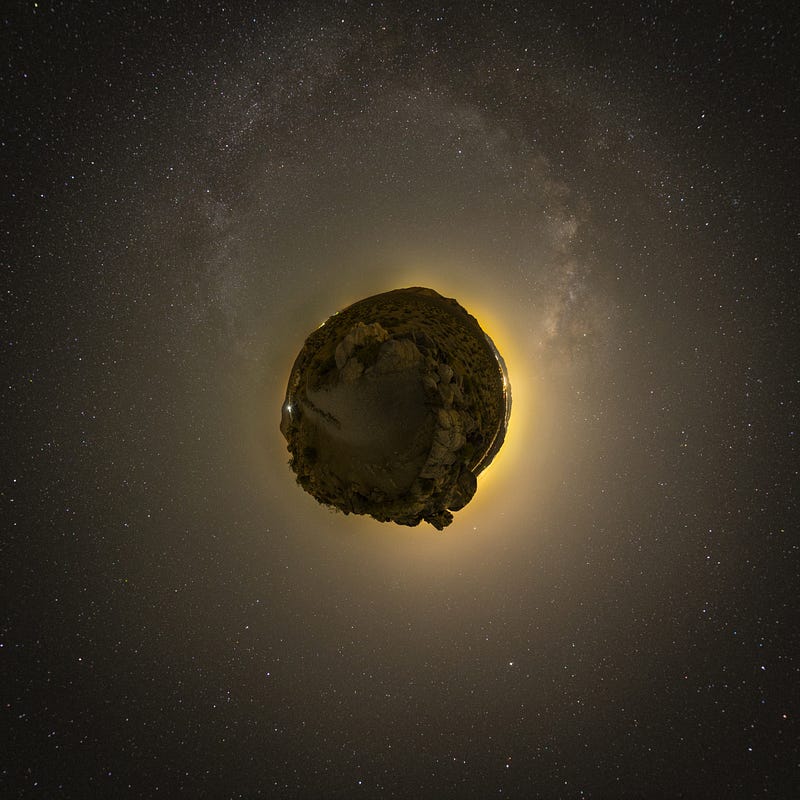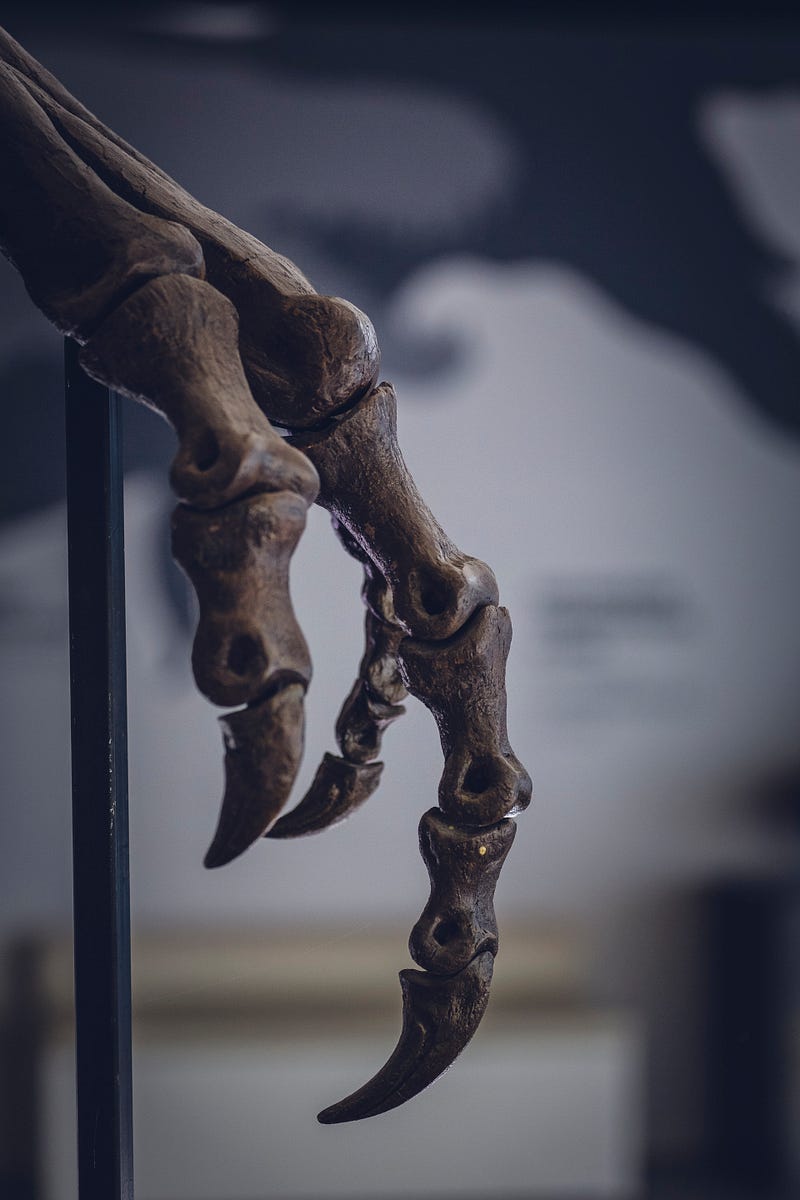Understanding Asteroids: The Good and the Bad
Written on
Chapter 1: The Asteroid Phenomenon
Asteroids frequently make headlines, often depicted as potential harbingers of doom. But what exactly are they? The term “asteroid” stems from the Greek word meaning “star-like,” even though these rocky or metallic entities have no relation to actual stars. Predominantly, asteroids reside in the Asteroid Belt situated between Mars and Jupiter, with Ceres being the largest of them, classified as a dwarf planet.
While many asteroids remain in the belt, some venture beyond its confines. Among these wanderers are the “Earth-crosser” and “Near-Earth” asteroids, which are the ones that raise concerns.

Section 1.1: What Are Near-Earth Asteroids?
Near-Earth asteroids, as the name suggests, intersect Earth's orbit in their solar journeys. This intersection means they have the potential to collide with our planet, a scenario that has occurred throughout history. For instance, an enormous asteroid struck Earth 64 million years ago, leading to a catastrophic disruption of the planet's ecosystem. Had it not occurred, perhaps descendants of velociraptors would be typing this article!
So, how significant is this risk? While asteroid impacts do happen, the majority of near-Earth objects (NEOs) are relatively small, with many categorized as meteoroids rather than asteroids. Out of approximately 19,470 NEOs cataloged, only 1,955 are classified as “potentially hazardous asteroids.” These larger bodies could potentially inflict damage, but they are not an immediate threat.

Section 1.2: The Scale of the Threat
Asteroids vary widely in size. The one that contributed to the extinction of the dinosaurs was estimated to be between 7 and 8 miles wide. Such a colossal object would indeed cause catastrophic consequences for human civilization, yet life would eventually rebound, as history has shown.
Currently, we have identified 879 near-Earth asteroids measuring at least 1 kilometer (0.6 miles) in diameter. Should one of these hit Earth, it could lead to an “asteroid winter,” lasting a year or more, disrupting the climate and causing food shortages. However, none of the tracked larger asteroids pose an imminent danger.
Chapter 2: The Reality of Meteorites and Impacts
Asteroid impacts are often sensationalized. In reality, most objects that enter Earth's atmosphere are meteoroids, typically smaller than 100 meters. For instance, the recent Leonid Meteor Shower is a predictable event, where small particles burn up in the atmosphere, resulting in what can be described as nature’s fireworks.
Larger meteoroids can break apart upon entering the atmosphere, with fragments sometimes reaching the ground as meteorites. These occurrences are rare and generally harmless unless one happens to be directly beneath it when it lands, as in the case of Ann Hodges, who was struck by a meteorite while napping on her couch!

Section 2.1: Notable Impact Events
One notable instance of an asteroid impact occurred in Chelyabinsk, Russia, on February 15, 2013. A 17-meter-wide rock exploded in the atmosphere, resulting in an airburst that caused injuries to over 1,100 individuals, primarily from shattered glass. Remarkably, no fatalities were reported.
Section 2.2: The Case of 2009 JF1
Among the asteroids that have raised alarm in recent years is 2009 JF1, which some tabloids claimed would collide with Earth on May 6, 2022. However, further analysis revealed that this asteroid is significantly smaller than initially reported, with estimates suggesting it measures only 13 meters across—far less threatening than portrayed.
Should we be concerned about asteroid impacts? In short, yes. A significant asteroid could indeed wreak havoc. Yet, the reality is that there are no imminent threats from city-destroying asteroids on the horizon.
To ensure planetary safety, funding for asteroid defense initiatives is essential, and these programs are currently in development. A test for asteroid redirection is scheduled for 2022, targeting a small asteroid that poses no risk. Ultimately, there’s no need to lose sleep over the possibility of an asteroid impact; our chances of extinction from such an event are minimal.
The Fear and Fun of Near-Earth Asteroids - YouTube: Dive into the fascinating world of asteroids, exploring the potential risks and the science behind their orbits.
These are the asteroids to worry about - YouTube: A detailed look at which asteroids pose a threat and what scientists are doing to monitor them.